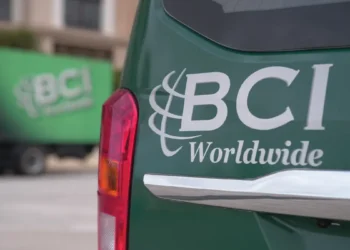In the fifth installment of a collaboration between IAG and the Responsible Gambling Council, we look at the importance of prevention education in creating a responsible gambling culture.
Knowing and understanding your audience is the key to success for any business. The ability to effectively convey the right message for decision making, based on where a customer is in their lifecycle, is integral to continued success and growth. The same strategy is often applied to the gaming industry. Successful operators across the globe know that by providing players with the appropriate prevention education and tools at each stage of the player journey, they can help players feel more informed, adopt safer play practices and ultimately create a culture of responsible, sustainable play.
RELEVANCY IS KEY TO CONNECTING WITH PLAYERS
Prevention education is not just about problem gambling awareness but about providing the appropriate information and messaging throughout the full player journey and identifying the best channels to reach different types of players. Where it is that a player falls within the player journey, and their level of risk, have a big impact on the message they should receive and how they consume it. Player education is crucial when it comes to healthy decision making and establishing safer play habits. Gambling literacy including how games work and concepts such as randomness and house advantage lead to an increased understanding about the risks involved in gambling and how players can protect themselves. This message is commonly used to educate new and casual players. More seasoned players benefit from education about managing their play and budget, recognizing the signs of a problem and how to access support.
PREVENTION EDUCATION TACTICS
Effective prevention education programs start with tailored key messages that align to the desired behavior. For example, the messages used to encourage players to adopt low risk gambling practices will differ when speaking to older adults, versus younger.
Tailoring messages to specific audiences can ensure the message uses the right tone, and using the proper media channels to connect with your target increases the potential for your message to resonate. When providing education and awareness on topics such as low risk gambling strategies, it is important that tips for safer play are specific to the different forms of gambling.
MITIGATING GAMBLING HARMS WITH A HUMAN TOUCH
Using paid media channels is an effective way to connect with players outside of the gaming environment, when they may be more receptive to messages about the risks associated with gambling and how to play safer. Inside gaming venues, operators have an opportunity to connect in meaningful ways one-to-one through the player resource centers.
Player resource centers are designated spaces within land-based gambling venues that can be an asset in reaching players through trained staff delivering messages, promoting RG tools, offering support, breaks in play and confidential services.
Staff are able to provide customized messaging for an individual player in a particular moment in time, which can create a bond of trust between player and venue. This direct access to players can influence informed decision making and ultimately lead to a safer and more sustainable player base.
 Player resource center staff also have an important role to play with venue staff. Education begins internally before it can be promoted to players. Creating consistent messaging with players’ health and well-being at the forefront of all programs means that a venue is taking its responsibilities of player safeguards seriously. At moments of crisis, player resource center staff have the skillset and experience to de-escalate situations and provide support to players when they need it most.
Player resource center staff also have an important role to play with venue staff. Education begins internally before it can be promoted to players. Creating consistent messaging with players’ health and well-being at the forefront of all programs means that a venue is taking its responsibilities of player safeguards seriously. At moments of crisis, player resource center staff have the skillset and experience to de-escalate situations and provide support to players when they need it most.
The different strategies of player education, from prevention to mitigation, work together to create a shield that protects not only players but operators as well. Traditional and social media prevention ads increase a player’s knowledge base and inform on the risks of gambling, while player resource center staff have a key role to play in delivering real-time messages that are relevant and meaningful.
A healthy and sustainable player base is good for the bottom line. Arming players with the tools and knowledge necessary to make informed decisions ensures that operators and regulators are upholding their commitment to their players.
































